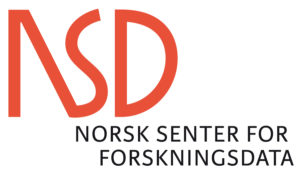Abstract:
The internet is eating itself. Twenty years ago, we watched MySpace profiles and wondered at the possibilities; today, we scroll through algorithmic feeds designed to harvest our attention for quarterly earnings. This paper examines how the promise of decentralized communication infrastructure collapsed into platform monopolies—and what might replace them. Drawing on empirical analysis of Nostr (4 million users, 600 relays, 98% redundant message propagation), Bluesky's AT Protocol implementation, ReP2P Matrix federation patterns, and emerging blockchain-communication hybrids, I argue that "decentralization" has become an empty signifier masking profound architectural tensions. The data tells a complex story: Nostr achieves genuine censorship resistance by burning bandwidth at rates that would horrify any network engineer; Bluesky promises user sovereignty while maintaining careful control over relay infrastructure; Matrix federates successfully but recreates hierarchies through server administration. None of these are bugs—they're features, each encoding specific assumptions about power and trust. Most critically, my findings suggest the technical conversation obscures deeper questions. Who pays when relay operators subsidize a public good? How do we prevent key management from becoming the new digital redlining? The horizon isn't converging on a single solution but fracturing into specialized protocols: mesh networks for community resilience, cryptographic primitives for uncensorable broadcast, federated systems for organizational needs. This plurality might be precisely what we need. But without addressing economic sustainability, accessibility barriers, and the tendency of every "decentralized" system to quietly recentralize around infrastructure constraints, we're just rearranging deck chairs. The internet's future won't be saved by protocols alone—it requires confronting the political economy of communication infrastructure itself.





